Dear Doctor Digital – I want to make videos for my business, what are the most important things to focus on?
Doctor Digital Says
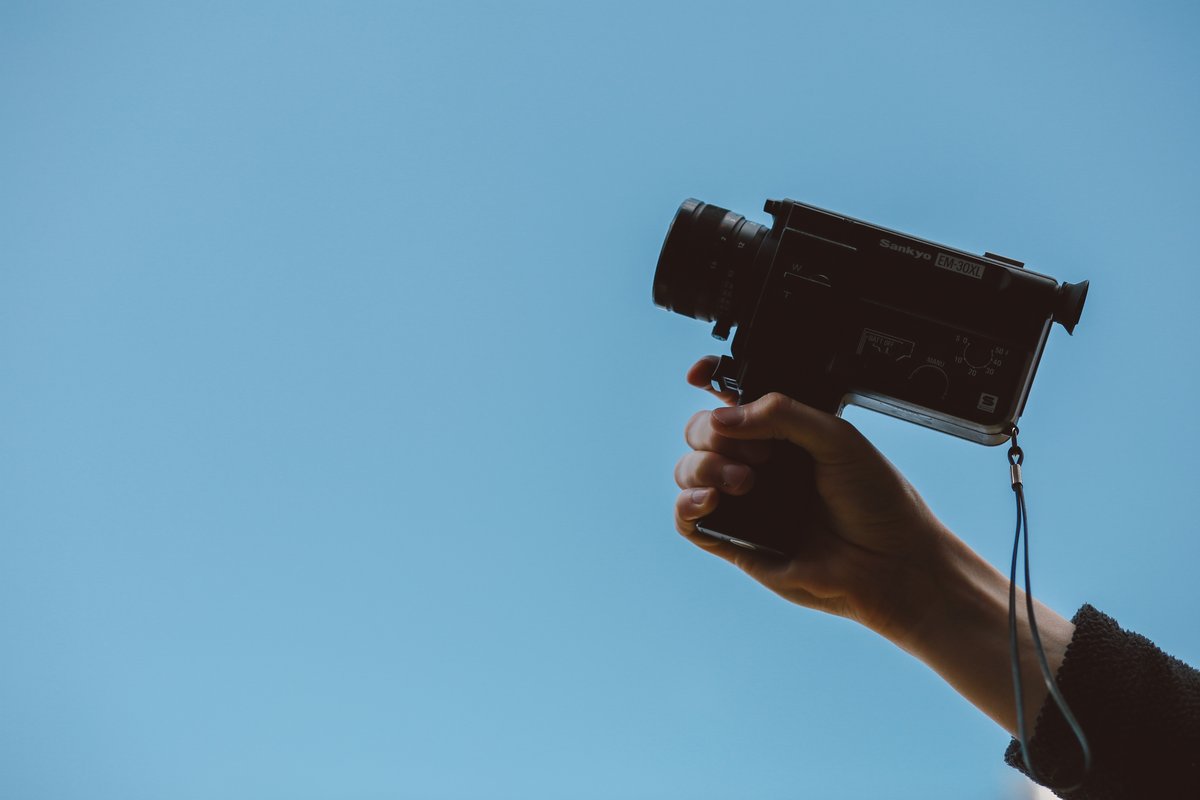
Great decision. Video as a tool to captivate your audience isn't slowing down anytime soon and the sooner you get into using it regularly, the faster you can build your audience and hopefully grow your revenue. If you have a smartphone you have a video production device in your pocket. Gone are the days where a fancy camera and all the accessories were required along with a trained cameraperson. But what are the key elements you need to make a decent watchable video? There are three parts to a successful video, lets dive in.
- Story
- Lighting
- Sound
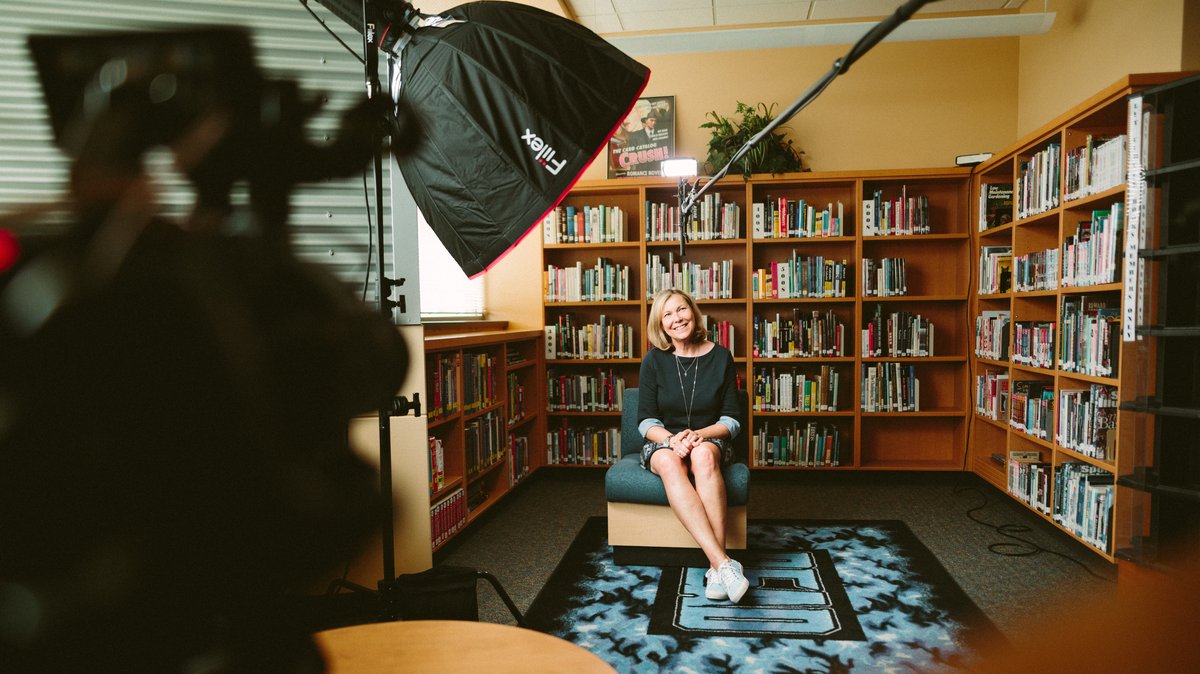
Story
Story is the heart of video, if you don't have a compelling story, you won't be able to capture viewers attention. With so many millions of hours of uploads per day on so many channels and platforms, you have to stand out. Stories need to have a beginning, middle and an end, they need to concisely and clearly tell the viewer what is going on, why it's important and why they should care, have an emotional hook and a call to action at the end.
What your story is and how you tell it will very much depend on your customers and who you are speaking to, so having an understanding of what is important to them, what they are interested in, what they need to know to motivate a next step in purchasing or a deepening of the brand relationship is super important.
This story needs to be reflected in your brand, in your copy across other mediums such as your website and on social media, and by that I don't mean that the narrative is the same, I mean that whatever the essential parts of your brand story are - that you are organic, or Tasmanian, or a family, or plant based or whatever it is, are crafted into the different video story arcs.
Keep in mind in many of today's video offerings you only have less than a minute to get your message across, so be creative with how it is told. Map it out on a story board, think of what the shot/s or backdrop might look like and plan for success while staying open to capturing a spontaneous moment.
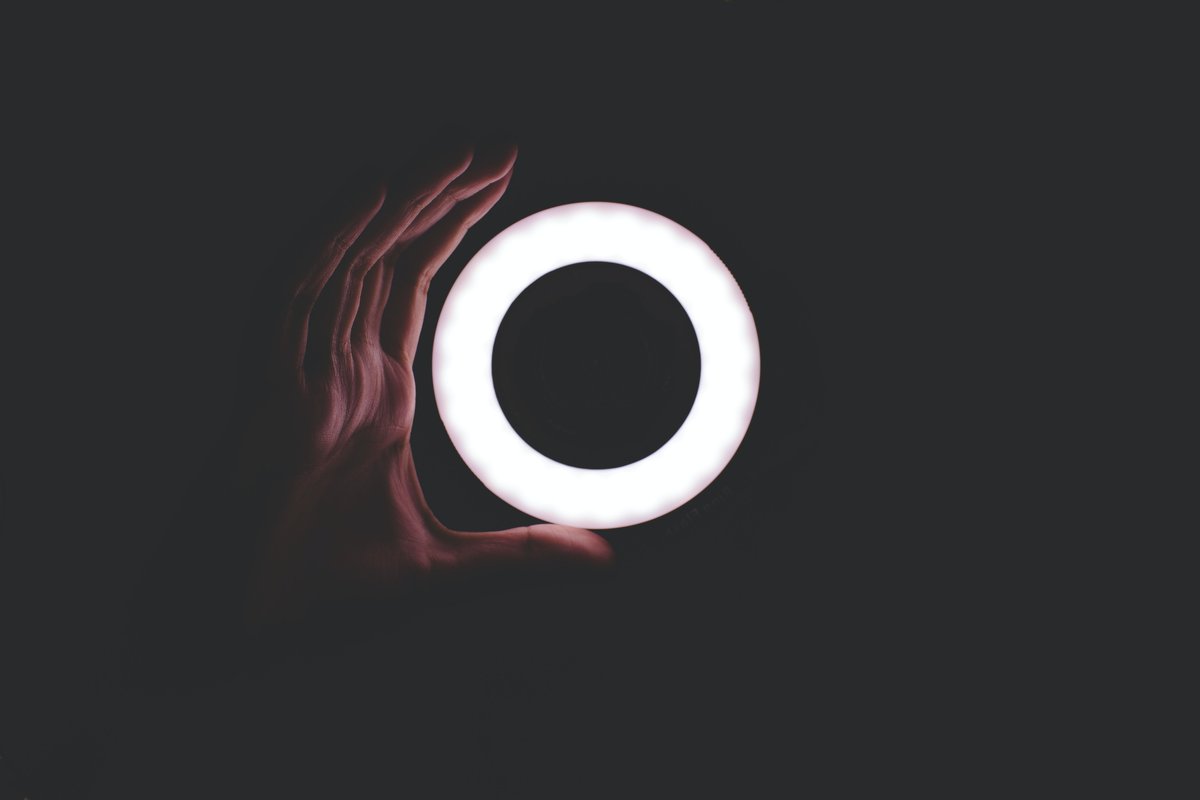
Lighting
Lighting is important in video, we have to be able to see the subject or objects clearly to make sense of the story. There are some basic tips and tricks to lighting a video using your smartphone that won't break the bank and take advantage of natural light sources as well as artificial lighting.
It’s always a good idea to look around your location ahead of time. Consider the natural light entering through windows and casting shadows, and be wary that weather can change quickly and affect your lighting. That beautiful sunshine can disappear in an instant.
Even it doesn’t disappear permanently, constantly shifting light as the sun goes behind clouds and re-emerges can wreak havoc on your lighting. Be prepared for any changes or make adjustments to keep your lighting consistent.
Natural light is a cheap and good solution. It can be enhanced by the addition of some artificial light to even out the space. Use soft or filtered light rather than a strong direct light.
A cheap USB ring light with adjustable settings is perfect to be able to highlight the face of a speaker. Lighting can be either warm or cool, whichever one you choose, make it consistent with all of the lights you are using.
Try to have a natural light to the side behind the speaker, and light coming from the front on either side for balance. If you think about the positions on a clock face with the subject in the centre of the clock it would be at 2, 4 and 8 o'clock.
If you are shooting a person it is important that the audience is able to clearly see their face especially their eyes for connection. Give some thought to time of day and position of the sun, and how long it will take you to do the shoot so the sun doesn't set or shine too hard on you.
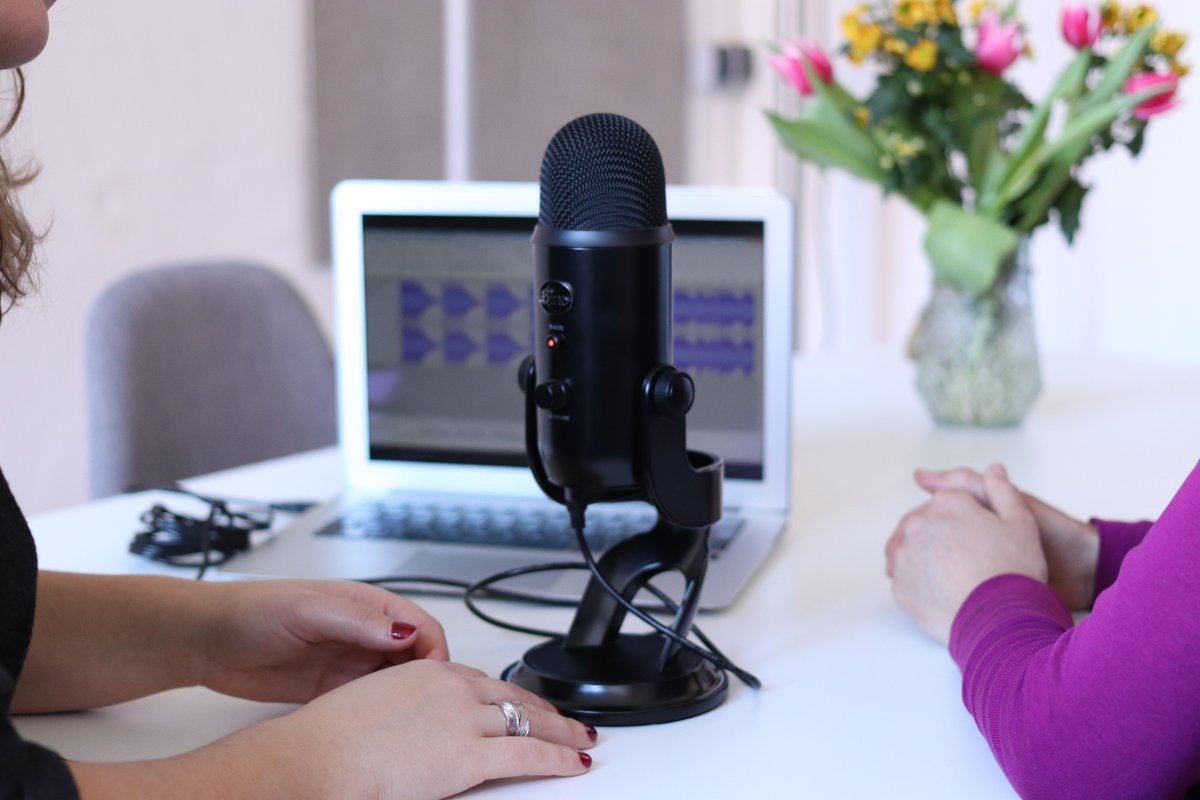
Sound
Sound, like lighting, helps amplify the storytelling. While bad sound won't necessarily kill a video if the images are compelling, it is offputting and not great for your brand. Having the right microphone positioned in the right spot makes all the difference in the world to the quality of your audio.
The microphones that are commonly used in video production come in a variety of shapes and sizes, and each of these tools has a unique strength that allow them to capture better audio in a given situation.
If you are on location, consider using a lapel mic that plugs into your phone with an adaptor so you can capture the audio that way. If possible have a separate phone for video in case something happens and you lose sound on one you will have a back up. You can also get high quality USB mics that plug into your laptop and wireless phone mounted mics.
Remember to always scope out your shooting locations in advance when possible. Try to bring the camera and microphone that you'll be shooting with and a good pair of headphones to identify problem noise sources.
What you hear through the microphone is often very different than what you can hear with just your ears. That air conditioner noise that you have subconsciously blocked out may seem much louder when listening through your headphones and wind noise can obliterate audio so if you are going to be out in the elements, make sure that you have adequate wind and weather protection for you microphones.
There are lots of ways to use sound. You can use sound to help show where and when the video is set, draw attention to important things, create an atmosphere or set a mood.
Don't forget to record some silence. Get some ‘room tone’: a minute or so of the background sound from the location with nothing happening. It’s really useful for covering gaps and glitches when you edit.
If you are using a soundtrack be sure to clear music rights before you use the music. There a lots of royalty free options around now, and many editing programs have a SFX and music grab library built in.
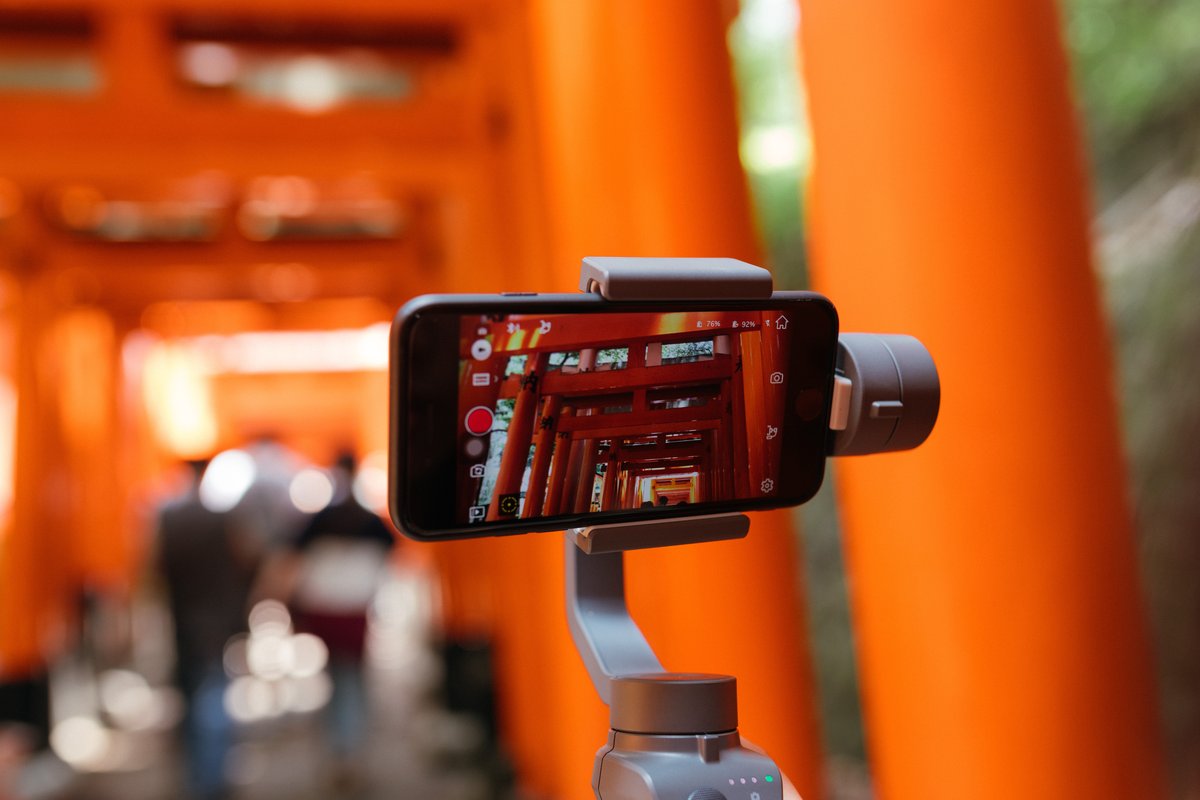
The End.
With all these elements together no matter how long or short your video is, you will have something worth watching. All of these skills take time and practice. There a thousands of how-to videos on YouTube that give you details on all of the above, and will help build your talent for free. You can also work with freelancers or even students who want to get some more experience to help you develop your brand portfolio. If you want to have a deep dive, check out our presentation by Andy Del Vecchio from DoubleSee media where he gives you all the details for how to tell visual stories that thrill your customers and soon to be customers.

